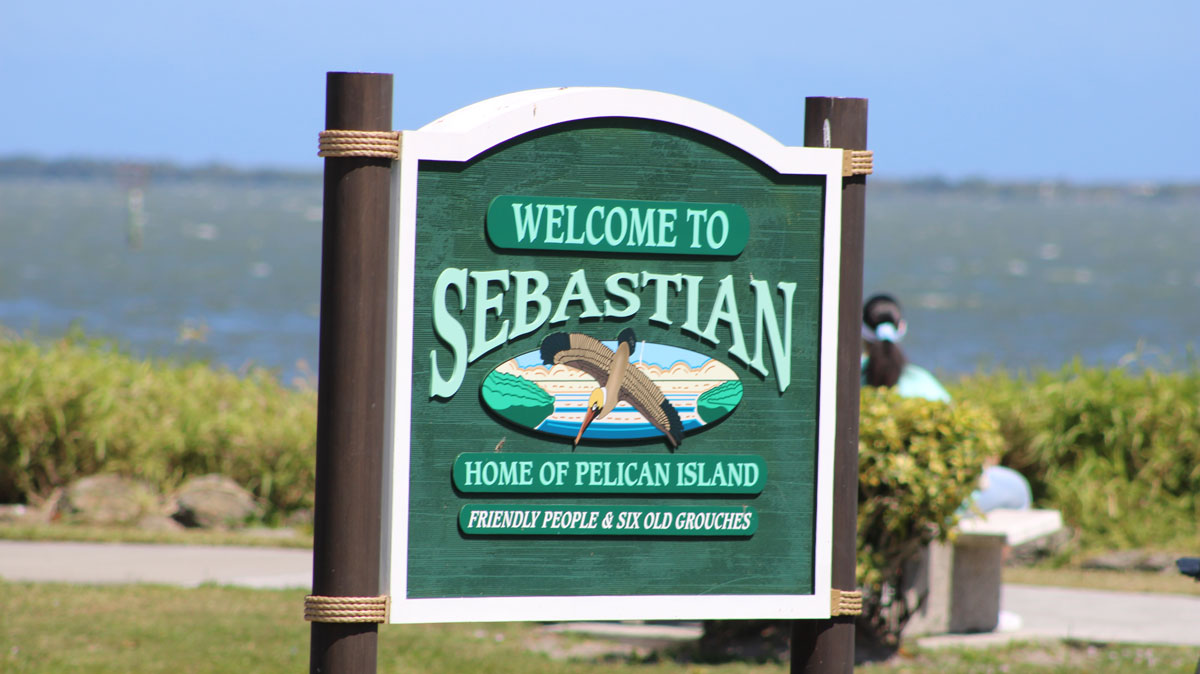Opinion/Editorial – The Sebastian annexation is back on the agenda, with many hoping it’ll be a means to steer the city’s growth amidst Florida’s surging population. Spanning 1,984 acres, the land in question, owned by the Graves Brothers, nestled to the south of Sebastian, bordered by CR-510, 74th Avenue, and 69th Street.
A pivotal discussion on the annexation is set for Wednesday, May 25, 2022, at 6:00 p.m. during the City Council meeting. The applicant aims for a Mixed Use designation, in line with the City’s Comprehensive Plan 2040. Should it receive a nod, a public hearing will follow on September 14, 2022.
Historically, the Graves Brothers played a significant role in the city’s layout. They logged and cleared vast tracts during the 1920’s and 1930’s, paving the way for Sebastian’s growth. Many homes in Sebastian today stand on what once was annexed land from the Graves Brothers.
However, not everyone sees the annexation in positive light. Echoes of 2019’s anti-annexation sentiment are resurfacing on social media, driven by individuals and environmental groups that opposed the idea back then.
Deciphering Misinformation Surrounding Sebastian’s Annexation
2019 witnessed heightened debate around the annexation, influencing City Council elections. Some candidates stood firmly against it, only to be removed from public office during the Sebastian recall. “Save Sebastian” signs proliferated throughout the city, championed by a select group who backed three city council candidates. These candidates were subsequently recalled due to rising apprehensions about potential negative consequences. Several of them had only lived in Sebastian for about a year before immersing themselves in the controversy, potentially harming our city. It felt as if individuals from the north relocated here and then began dictating our actions.
A past council meeting saw an influx of concerned citizens, most of whom were influenced by circulating misinformation. Rumors, like the proposed installation of 3,600 septic tanks on the property, ran rampant. Contrary to these claims, local regulations disallow septic systems in new subdivisions.
Allegations of secret agreements between developers and council members also surfaced, yet no concrete evidence ever came to light.
It’s essential to ask: What’s the real objective of the annexation for developers? Building can occur regardless. With false narratives spreading, efforts like the 2020 interview of councilman Ed Dodd by Sebastian Daily have been crucial to clarifying misunderstandings.
Benefits of Annexation for Sebastian
By annexing the land, Sebastian retains control over its growth and ensures tax revenue. Otherwise, the County could develop the land without considering the city’s preferences. Take, for instance, the towering senior living center on U.S. Highway 1 near Reflections on the River, which stands taller than what Sebastian’s codes permit.
Without annexation, residents might find themselves shouldering more tax burdens as outsiders use city facilities without contributing.
Sebastian’s Path Forward
Mayor Jim Hill has warned against letting external groups dictate the city’s trajectory. While growth is inevitable, its management is crucial. The 2019 lawsuit against the city over the annexation, which Sebastian lost due to a technical oversight, was perceived by many as a setback rather than a victory for citizens.
Now, as the annexation debate reignites, with even more land at stake, the urgency is palpable. Development in Sebastian is reaching its limit, and expanding westward could be the next logical step.
For those seeking a more in-depth analysis, I had penned an editorial last year delving into the intricacies of the Sebastian annexation. It offers a detailed insight into the ongoing debate.








